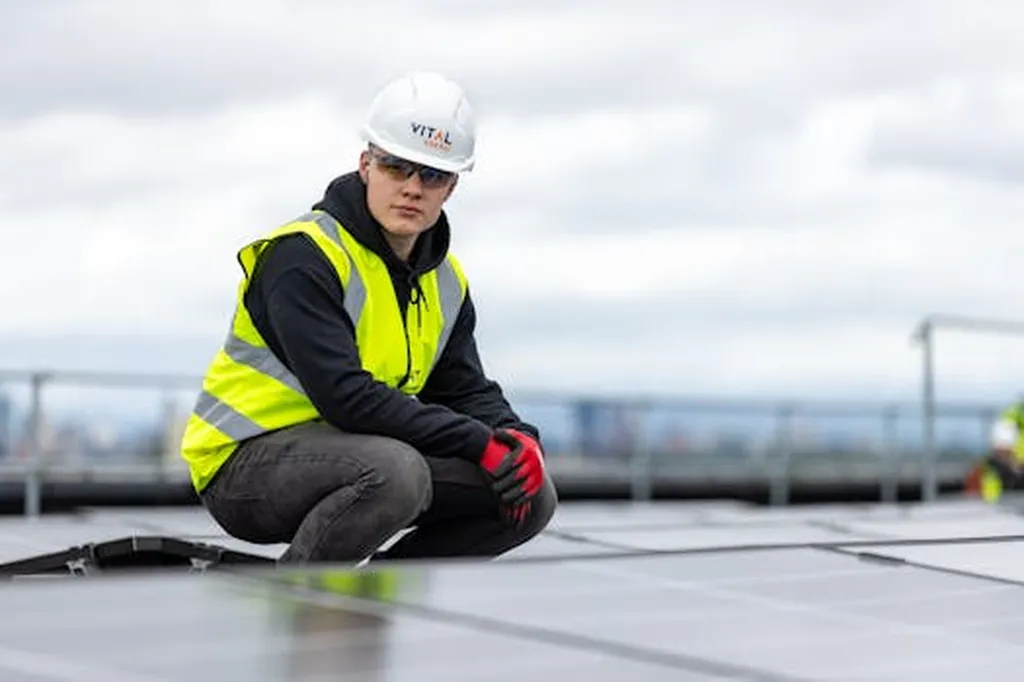The Shift2DC project, led by INESC-ID, is spearheading a significant shift in power systems by advocating for direct current (DC) solutions. While DC powers many modern technologies like solar panels, batteries, electric vehicles, and computers, the electricity grid predominantly operates on alternating current (AC). The project, funded by over €11 million from Horizon Europe, aims to create smarter, more efficient, and environmentally friendly energy infrastructures through DC solutions.
Hugo Morais, Senior Researcher at INESC-ID and Project Coordinator of Shift2DC, elaborates on the project’s goals: “We are developing different types of solutions that can be divided into two main categories – software and hardware. We are identifying the main challenges in developing DC technologies and tools while actively designing innovative alternatives to overcome them.”
On the software front, Shift2DC is focusing on several key areas. These include a tool to support companies and engineers in planning DC installations, a tool for designing protection systems, an energy management system (EMS) for hybrid grids, and a system monitoring tool to detect potential faults before they occur.
The hardware solutions are more complex and include new cables for low-voltage DC grids, a new DC-DC charging station, power distribution units, an active connector for industrial installations, protections for low-voltage grid requirements, and a DC-DC battery storage system. Additionally, a specific power distribution unit (PDU) for data centres is being developed to be more concentrated.
The project will test these solutions across three countries—Germany, France, and Portugal—in four different demonstrators: ports, industry, buildings, and data centres. These demonstrators were chosen for their potential to benefit significantly from DC solutions. For instance, data centres operate primarily in DC, and implementing DC installations can reduce conversion stages and costs. Similarly, the automotive industry and buildings can benefit from DC solutions due to the nature of their operations and the growing importance of electric mobility.
Morais highlights the project’s key achievements so far: “A major achievement is that we have prototypes of most of the solutions, and we have reached the testing phase. The current challenge is integration — bringing all the components together. We are conducting tests in lab environments and, in some cases, evaluating individual devices. The next step is to ensure that these devices and tools work well together and deliver the expected performance and behaviour in real-world applications.”
The Shift2DC project has the potential to reshape the energy sector by demonstrating the viability and advantages of DC solutions in various applications. If successful, it could accelerate the adoption of DC technologies, leading to more efficient and sustainable power systems. The project’s outcomes could also influence future standards and regulations, paving the way for a broader transition to DC in the energy infrastructure.

